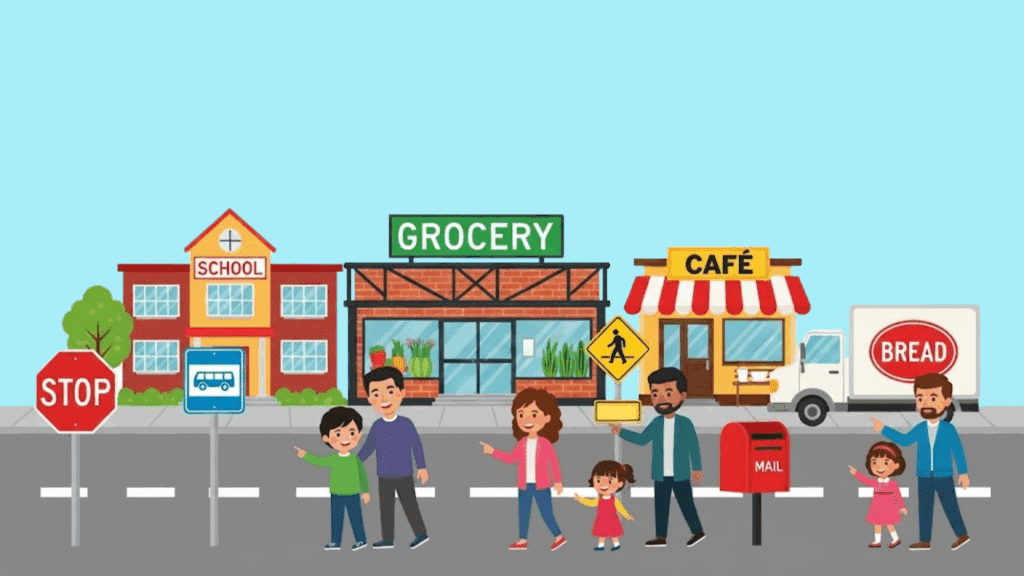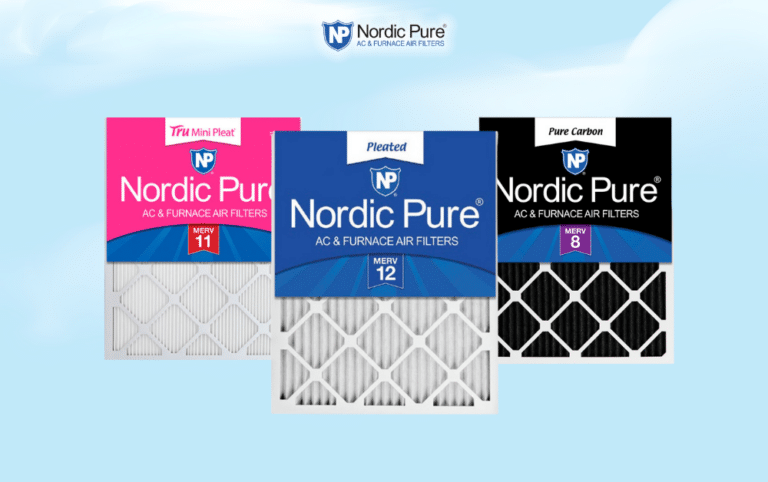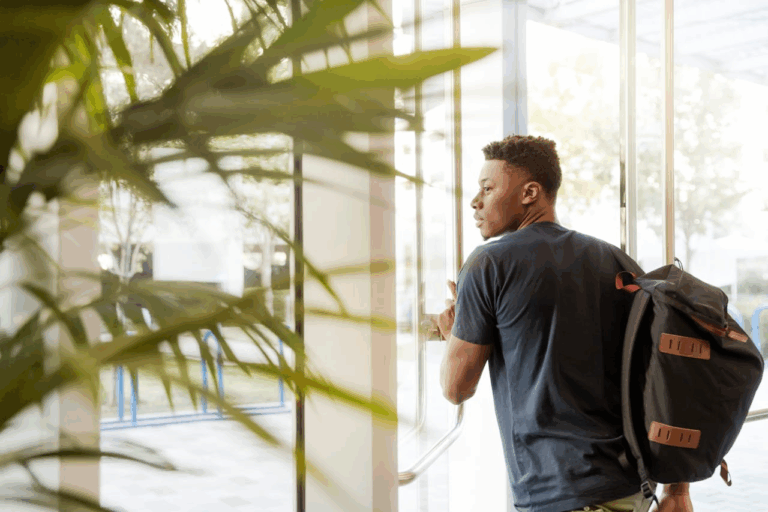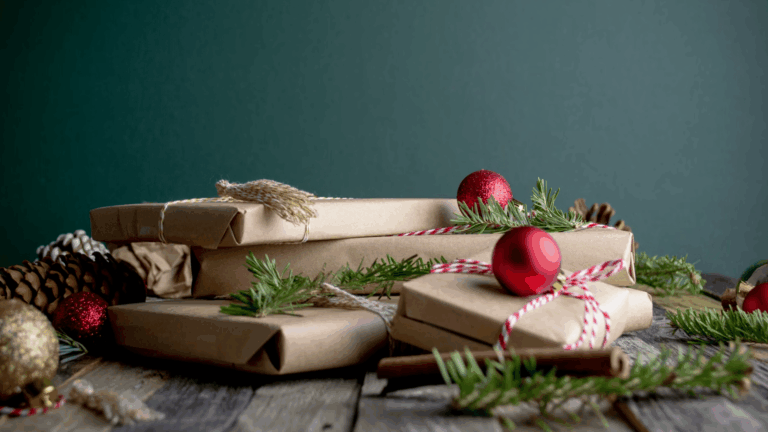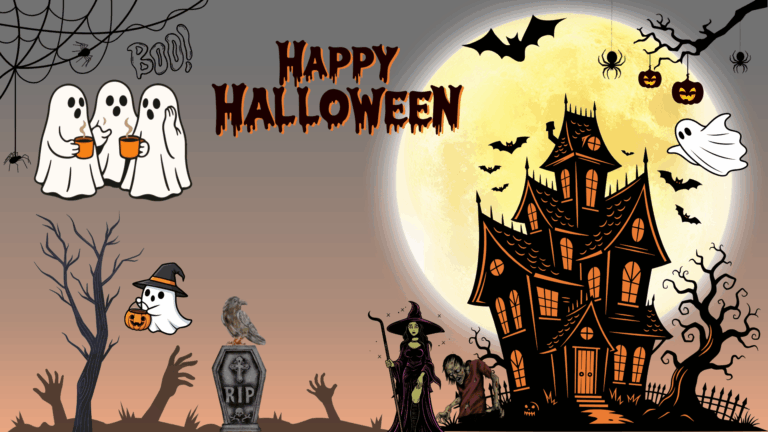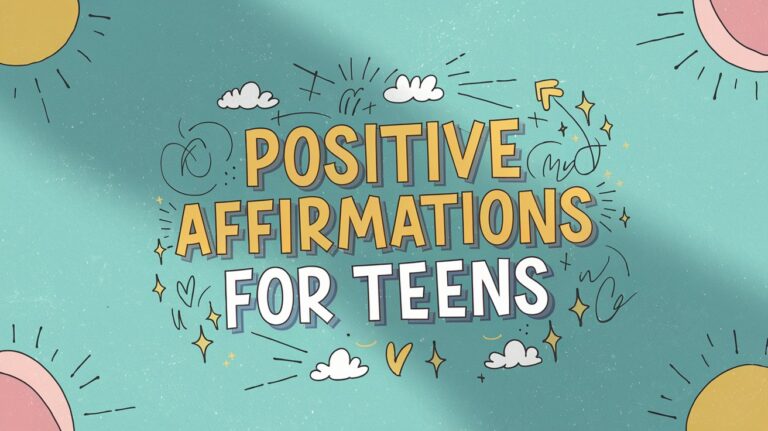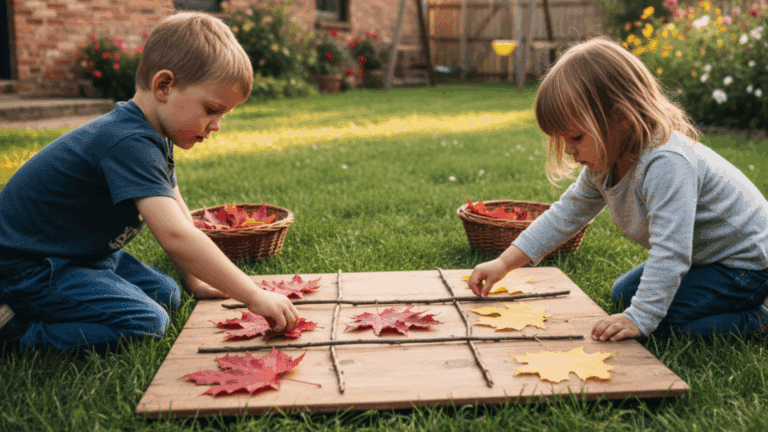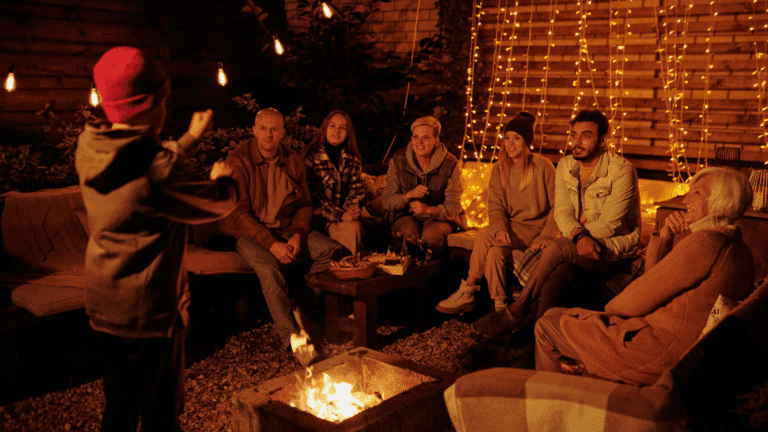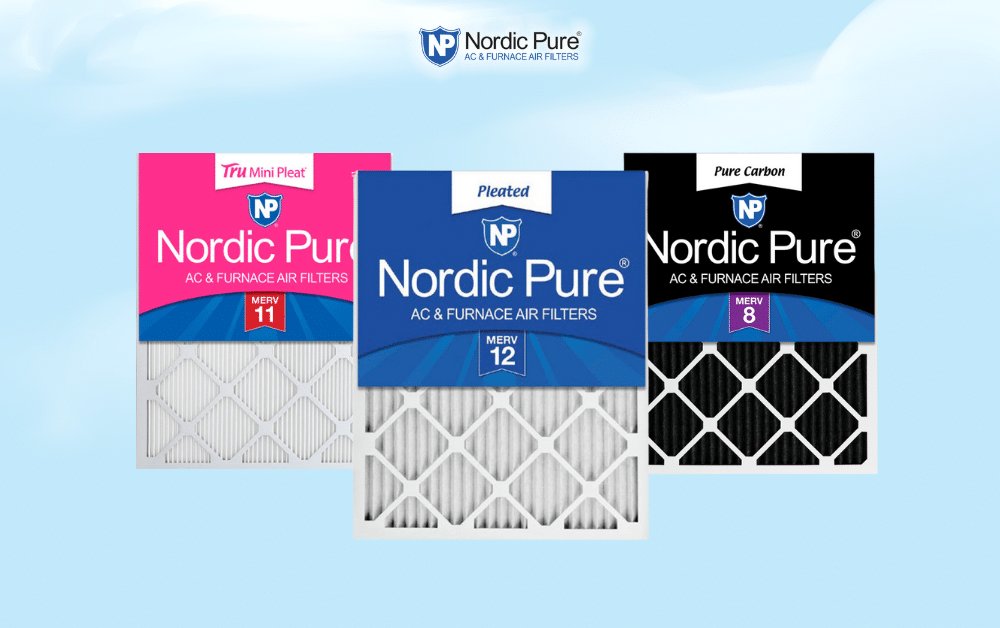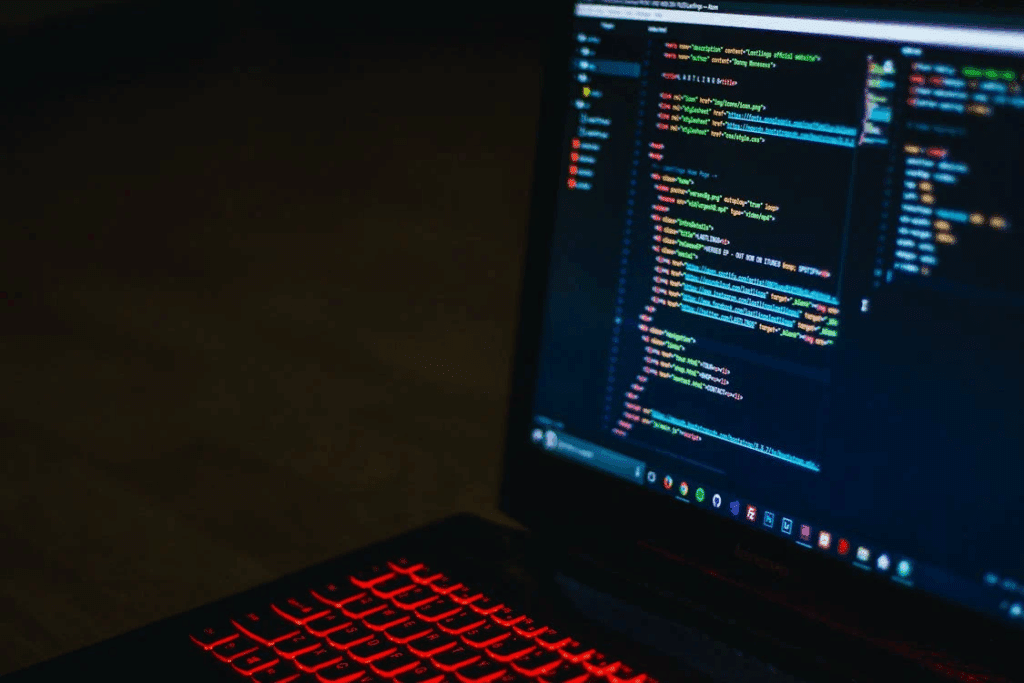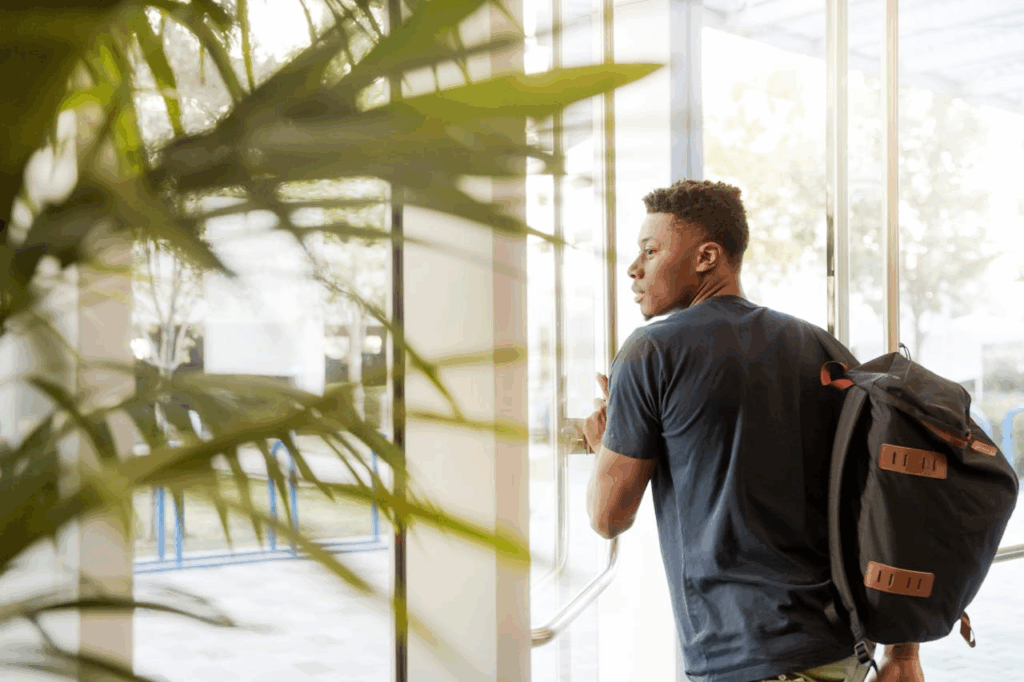Teachers and parents walk past hundreds of learning opportunities every single day without realizing it.
Those colorful cereal boxes, street signs, and store logos aren’t just background noise; they’re powerful teaching tools hiding in plain sight.
The text we see in our daily world can change any space into a literacy-rich learning environment. When educators learn to harness these everyday words and symbols, they create meaningful connections between reading and real life.
Let’s find out how to turn ordinary surroundings into extraordinary learning experiences that make literacy feel natural and fun.
What is Environmental Print?
It refers to the text children see in their everyday world. Think McDonald’s golden arches, stop signs, or the word “Cheerios” on a cereal box. These familiar words and symbols surround young learners constantly.
This type of print matters because it connects reading to real life. When a three-year-old recognizes “Target” on a store sign, they’re practicing literacy skills without even knowing it. Their brain starts forming patterns and connections between letters, sounds, and meaning.
Pre-readers develop recognition skills through repetition and context. They see the same logos, signs, and labels repeatedly.
This repetition helps their developing minds understand that print carries meaning. It’s the first step toward formal reading success.
When to Introduce Environmental Print to Young Learners?
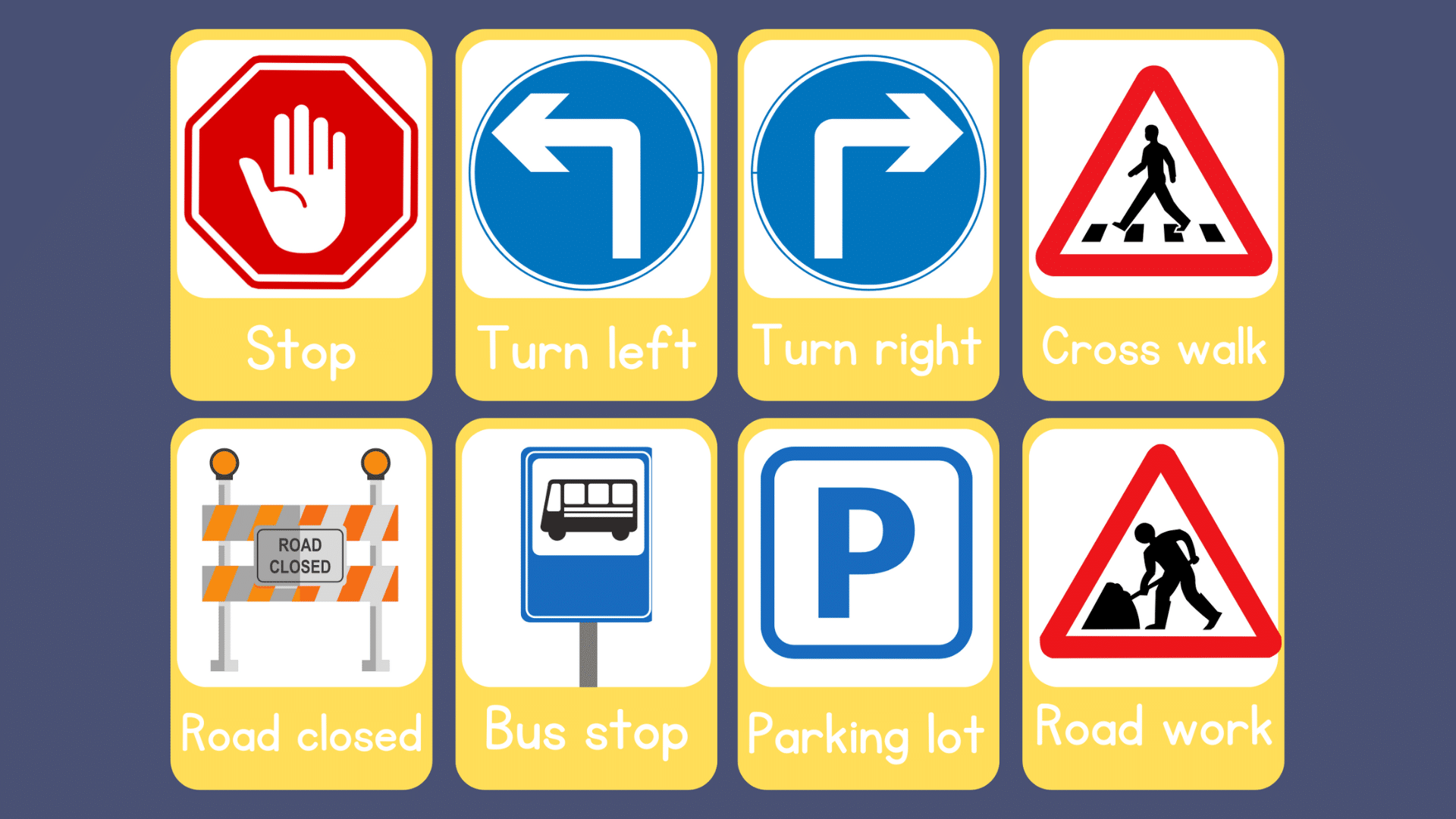
Optimal Age Ranges for Environmental Print
Toddlers as young as 18 months can start recognizing familiar logos and symbols. They might point to a McDonald’s sign and say “food” or recognize their favorite snack brand. This early recognition shows their brains are already processing print.
Preschoolers between ages 3-4 are prime candidates for activities. They have better attention spans and can connect symbols to sounds.
Kindergartners aged 5-6 can use it as a bridge to formal reading instruction.
Initial Exposure Methods That Work
Teachers and parents can start with label-rich environments. Place clear labels on classroom items like “door,” “window,” or “blocks.”
Read-aloud becomes more effective when adults point to familiar words in books that match real-world signs.
Walking activities work well too. Adults can point out street signs, store names, and building labels during neighborhood walks. This makes reading feel natural and connected to daily life.
Home vs. Classroom Introduction Differences
Home environments offer more personal connections. Children recognize their cereal brands, favorite restaurant logos, and family products. Parents can use grocery shopping trips as reading lessons.
Classrooms provide structured learning opportunities. Teachers can create print-rich bulletin boards, label learning centers, and use prints in organized activities. The school setting allows for more systematic instruction and peer learning experiences.
Building a Print-Rich Environment: Essentials for Educators and Parents
| Environment | Setup Ideas | Activities | Materials Needed |
|---|---|---|---|
| Classroom | Word walls with familiar logos | Label scavenger hunts | Magazines, scissors, poster board |
| Environmental prints corners | Logo matching games | Food boxes, store flyers | |
| Label stations at learning centers | “I Can Read” bulletin boards | Clear tape, markers, index cards | |
| Reading corner with print-rich books | Daily sign-in | Laminator, velcro strips | |
| Home | Pantry literacy labels | Walk-and-read neighborhood games | Sticky notes, markers |
| Refrigerator word displays | Grocery store reading trips | Magnetic letters, clipboards | |
| Bathroom mirror word practice | Car ride sign spotting | Dry-erase markers, notebooks | |
| Bedroom door name signs | Cooking with recipe cards | Construction paper, crayons |
Hands-On Activities That Use Environmental Print
Children learn best when they can touch, move, and play with words from their world. These eight activities turn everyday print into fun learning games that make literacy feel natural and exciting.
1. Environmental Print Bingo
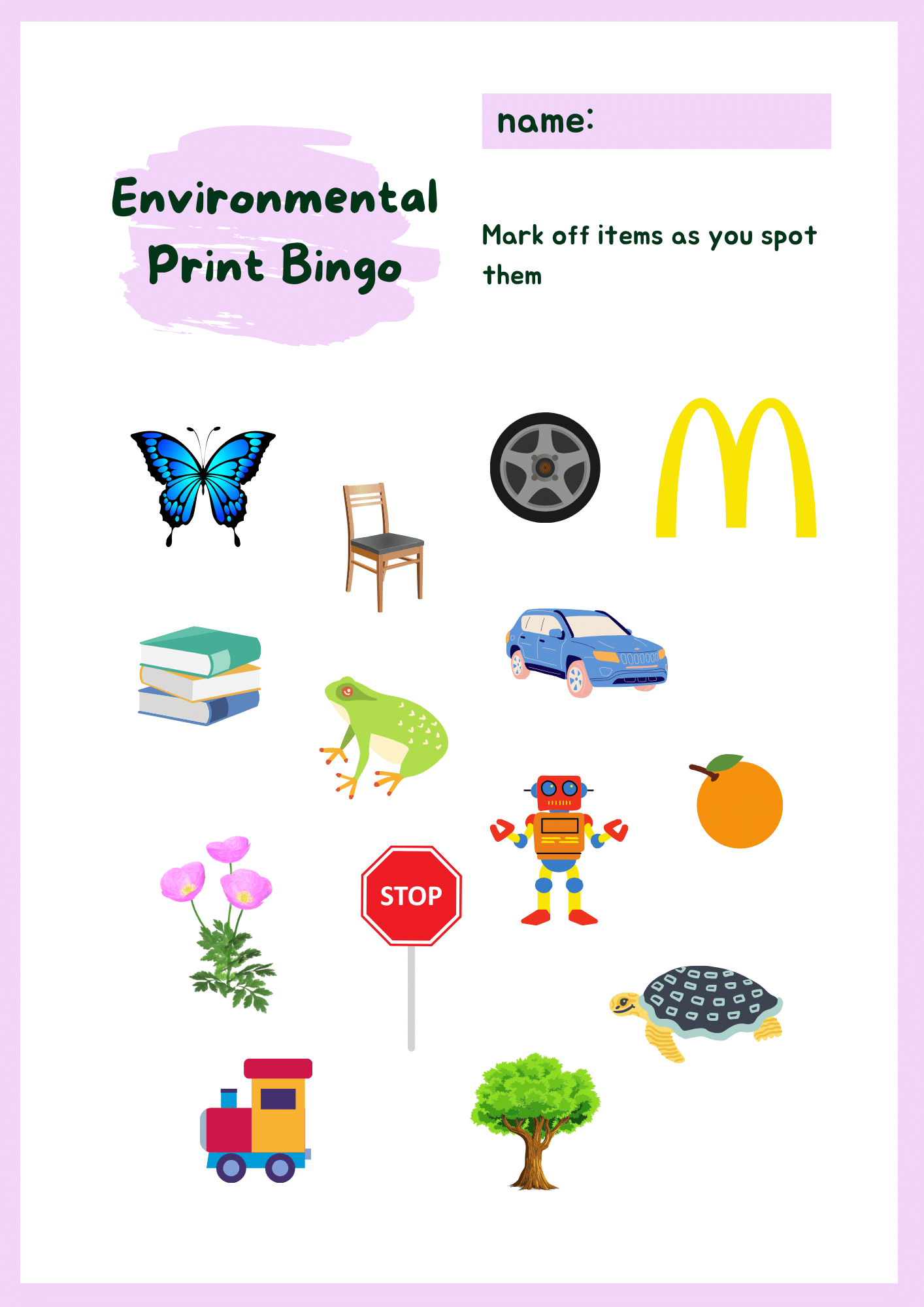
Children receive bingo cards filled with familiar logos and signs instead of numbers. They mark off items as they spot them during car rides or walks around school.
This game makes print recognition feel like play rather than work.
- Literacy Skill: Visual word recognition and print awareness
- Materials: Bingo cards with logos, markers, small prizes
Download Environmental Bingo Printable Here
2. Logo Letter Hunt

Students search through magazines and newspapers to find logos that start with specific letters.
They cut out and sort these logos by beginning sounds. Teachers can create letter books using these collected logos.
- Literacy Skill: Letter recognition and phonemic awareness
- Materials: Magazines, scissors, glue sticks, alphabet folders
Download Logo Letter Hunt Printable Here
3. Label-the-Classroom Challenge
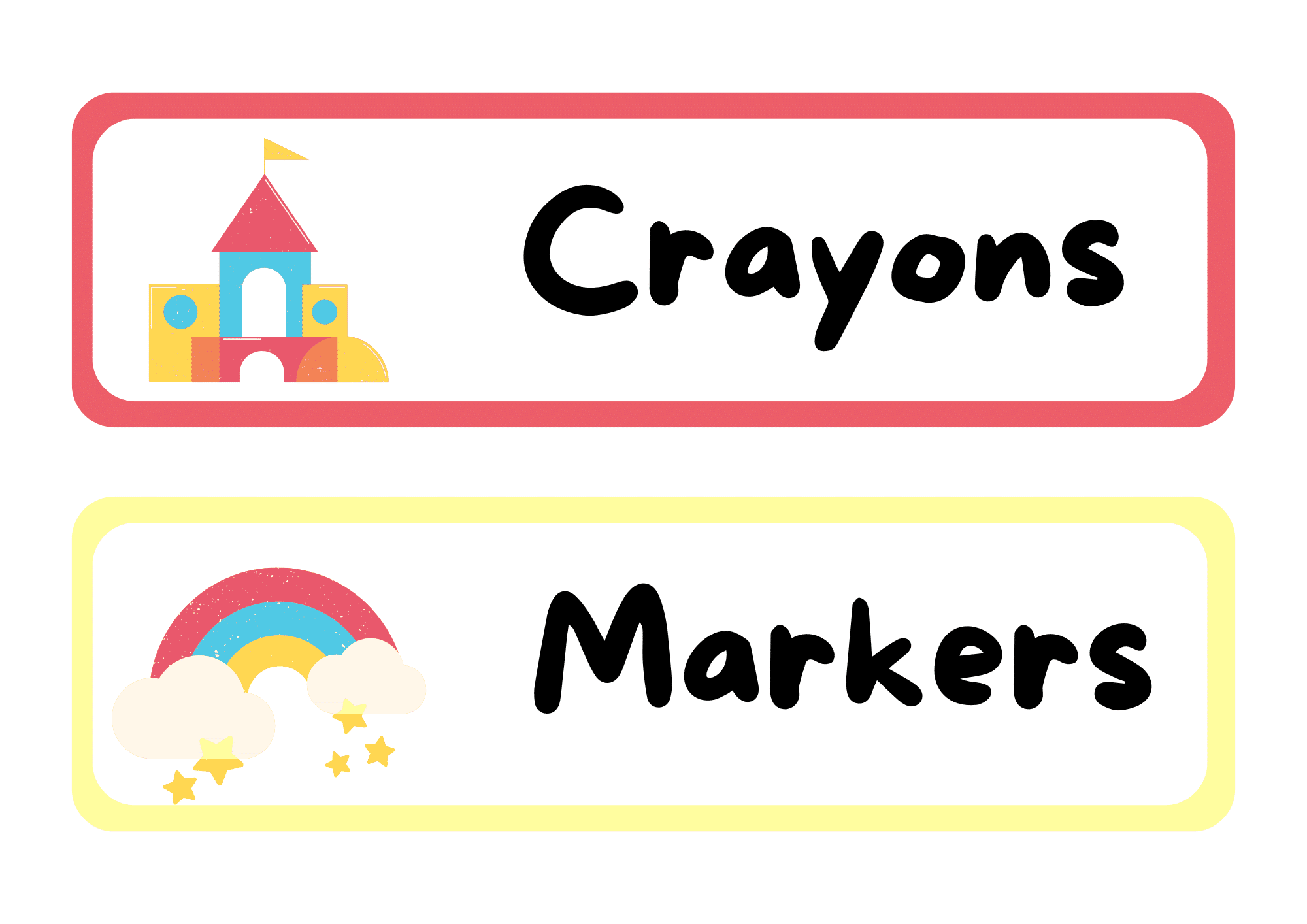
Students work together to create labels for classroom items using the print they recognize. They might label the pencil box with a “Crayola” sign or the reading corner with a “Books” sign from a bookstore.
- Literacy Skill: Print-to-meaning connections and sight word recognition
- Materials: Index cards, markers, tape, print samples
Download Label-the-Classroom Challenge Printable Here
4. Grocery Store Scavenger List
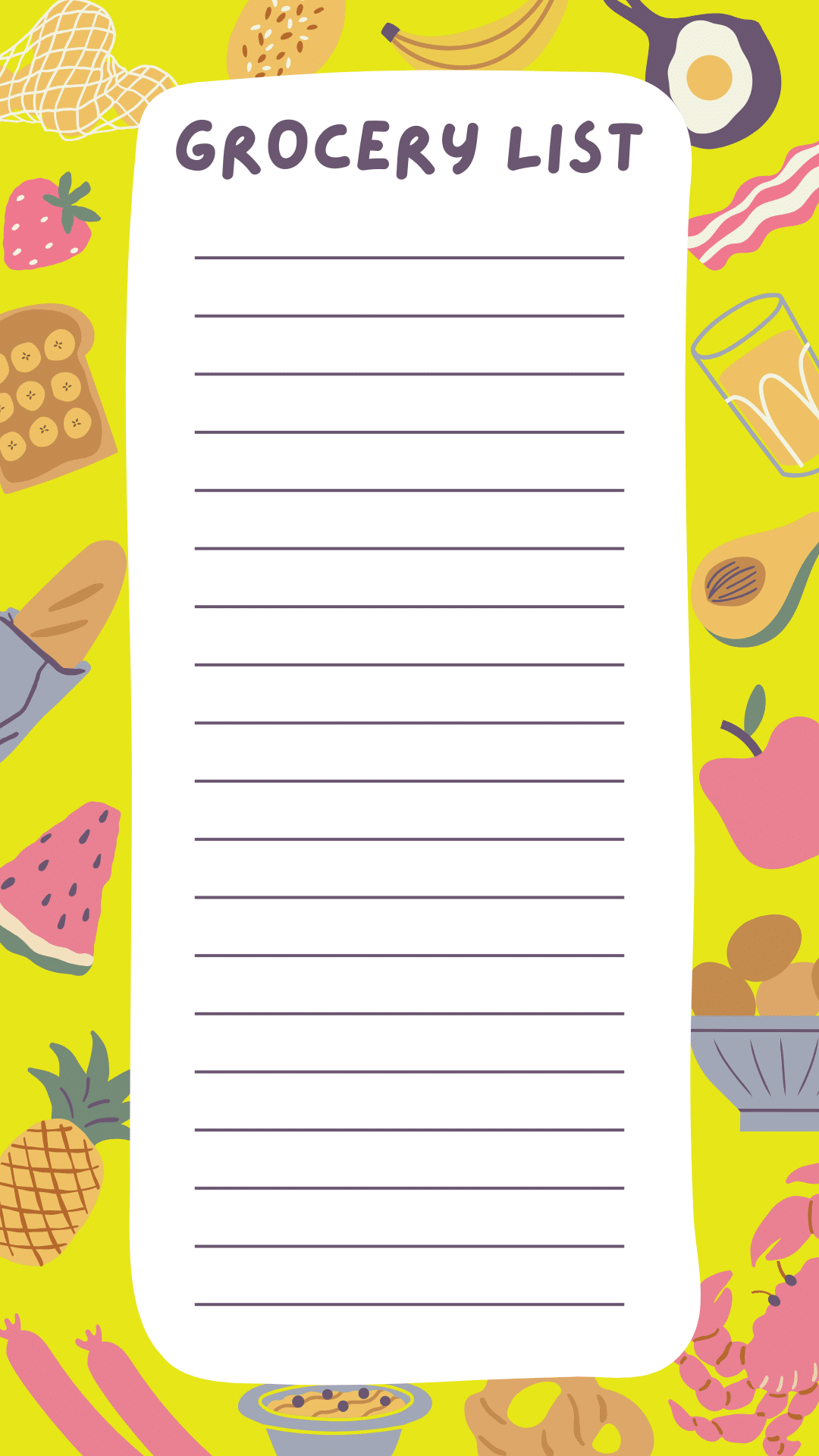
Parents and teachers create shopping lists using brand names and product logos.
Children help find items by matching the written words to products on shelves. This connects reading skills to real-world tasks.
- Literacy Skill: Word matching and functional reading
- Materials: Shopping lists with logos, clipboards, pencils
Download Grocery Store Scavenger List Printable Here
5. Environmental Prints Alphabet Book
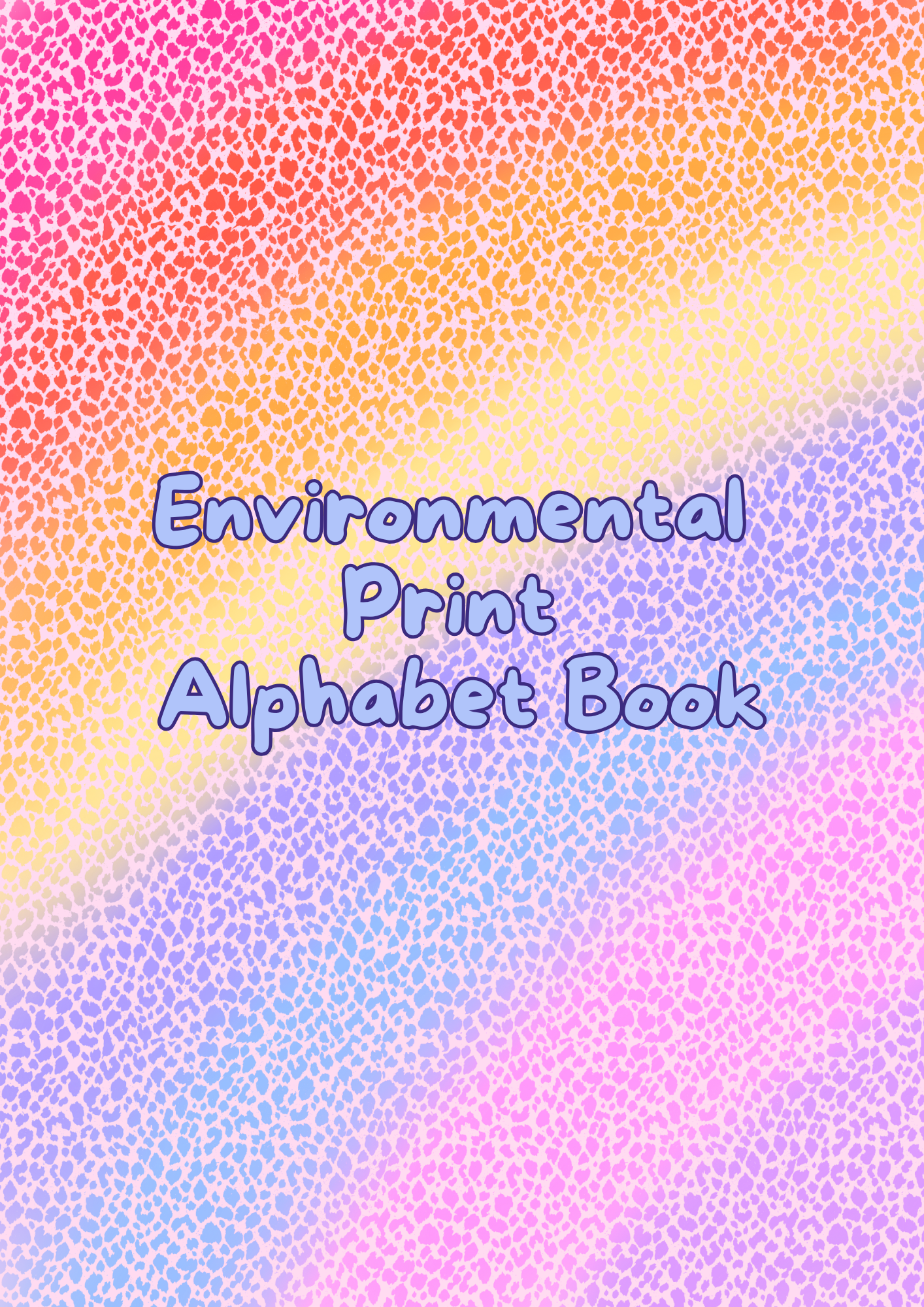
Each child creates their own alphabet book using environmental prints. They find logos and signs for each letter, paste them in order, and write the corresponding letter.
This becomes a personal reading resource.
- Literacy Skill: Alphabetic principle and letter-sound correspondence
- Materials: Blank books, environmental prints collection, glue, crayons
Download Print Alphabet Book Printable Here
How Environmental Print Builds Foundational Reading Skills
Letter and Sound Recognition
It helps children connect letters to sounds through familiar contexts. When kids see “McDonald’s,” they learn that “M” makes the “mmm” sound at the beginning of a word they already know.
Print Awareness
Children learn that print carries meaning and flows from left to right. They understand that words have spaces between them by observing store signs and product labels.
Word Decoding and Vocabulary Expansion
Students build sight word vocabulary through repeated exposure. They learn words like “exit,” “open,” and “sale” before formal instruction begins.
Mrs. Johnson, a kindergarten teacher, notes: “My students could read ‘Walmart’ and ‘Target’ before they knew basic sight words. It gave them confidence that they were already readers.”
Conclusion
Environmental prints surround us with endless teaching moments. Every logo, sign, and label becomes a stepping stone toward reading success. These everyday words help children see themselves as readers before they even enter school.
Start small with one labeled area or a simple logo hunt. Think big about the impact these tiny steps create. Your efforts today build tomorrow’s confident readers.
Ready to take action? Create a simple take-home kit with these activities for families.
Send home a “Print Detective” challenge where parents and children spot familiar words together. When families join this literacy adventure, learning happens everywhere; not just in classrooms.


